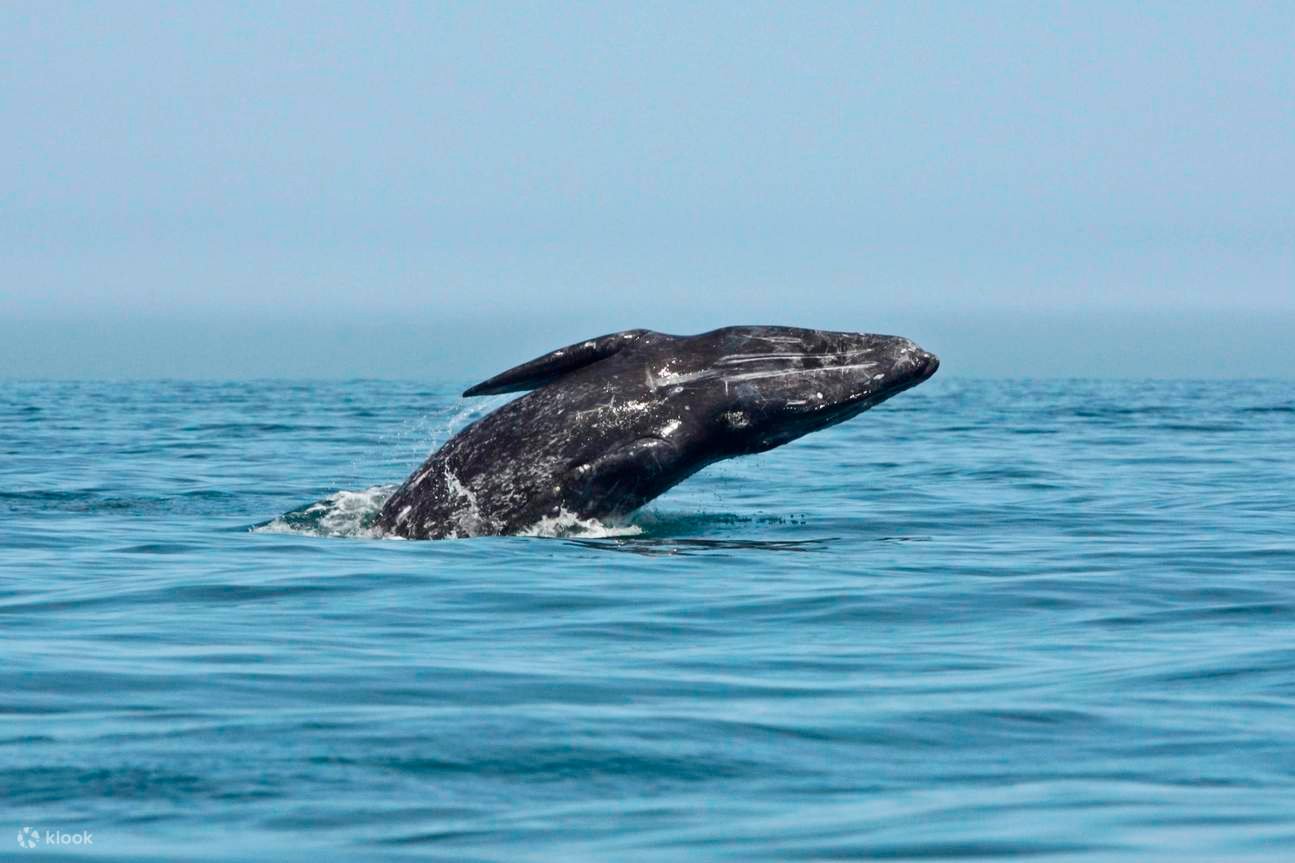Whale watching is one of the most beloved activities in the beautiful city of San Diego.
Today we will be talking about everything you need to know about how to partake in whale watching san diego, and the best ways and times to see these beautiful animals.
BEST SEASONS FOR SAN DIEGO WHALE WATCHING
There are two migration seasons in which you can catch these magical creatures. Winter season, which ranges from Mid December – April for the Gray Whales, and the Fall Season, which is from Mid June – September with the Blue Whales.
WINTER SEASON AND GRAY WHALES
Every year, anywhere from 15-20,000 gray whales make a 10,000-mile excursion from Alaska to the lagoons of Baja California.
The purpose of this crazy journey is s to give birth to their children (calves). Whales stay a few months so their offspring can become strong enough to make the journey back to Alaska in the spring.
San Diego having about 75 miles of coast to offer, it is the perfect location to be to have a high chance of catching the gentle giants.
While the chances of catching them is indeed high in San Diego, the frequency varies. Gray whales are known to travel in packs of 2-3 or sometimes even alone. So you have to keep your eye out and be ready to zone in when they surface.
SPRING SEASON AND BLUE WHALES
Springtime is when the big boys and girls come to town, the Blue whales!
Blue whales are the largest creatures on earth and also one of the most endangered. You can find these gentle giants along the coast of San Diego around mid-June through September.
In fact, the largest gathering of blue whales in the world happens right here in San Diego during those months. Anywhere from 2,000 – 3,000 Blue whales come the eat, rest, and play, on our coastline during those summer months.
Changes in the weather and marine life has drawn more Blue Whales to the coastline and closer to San Diego to eat.
Even though we have been attracting more blue whales of late, they still prefer to be further from the coastline and deeper in the ocean. Being that they can grow upwards to that of 100+ feet, it sort of makes sense, ya know? However! They give away their location by shooting out a 30-foot column of water in the air which can be seen from afar.
A pair of binoculars and a good sense of adventure are all you need!
LAST MINUTE TIPS
To close up, the best time to catch whales and go whale watching is in the morning. The seas are calmer and there are not as many people out. So, as they say, the early bird gets the worm and sees the whale!
You also want to be quite conscious of the weather as well. With the tours and cruises being canceled for the time being, you’re pretty much limited to catching the whales on land or on your own personal boat. Unless you pull up right next to them, you will most likely be seeing them at a distance. Perfect (or considerably nice weather) makes it easiest to spot them.

